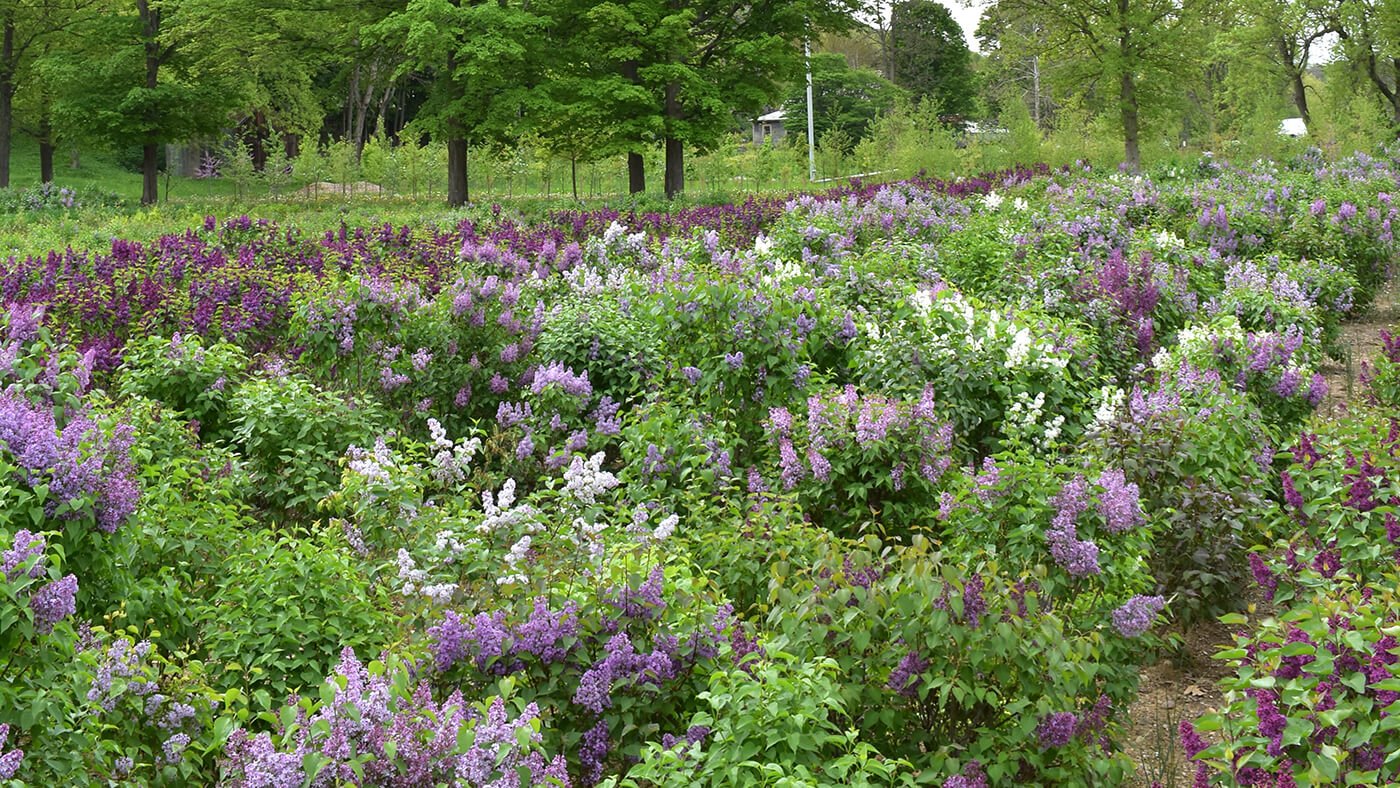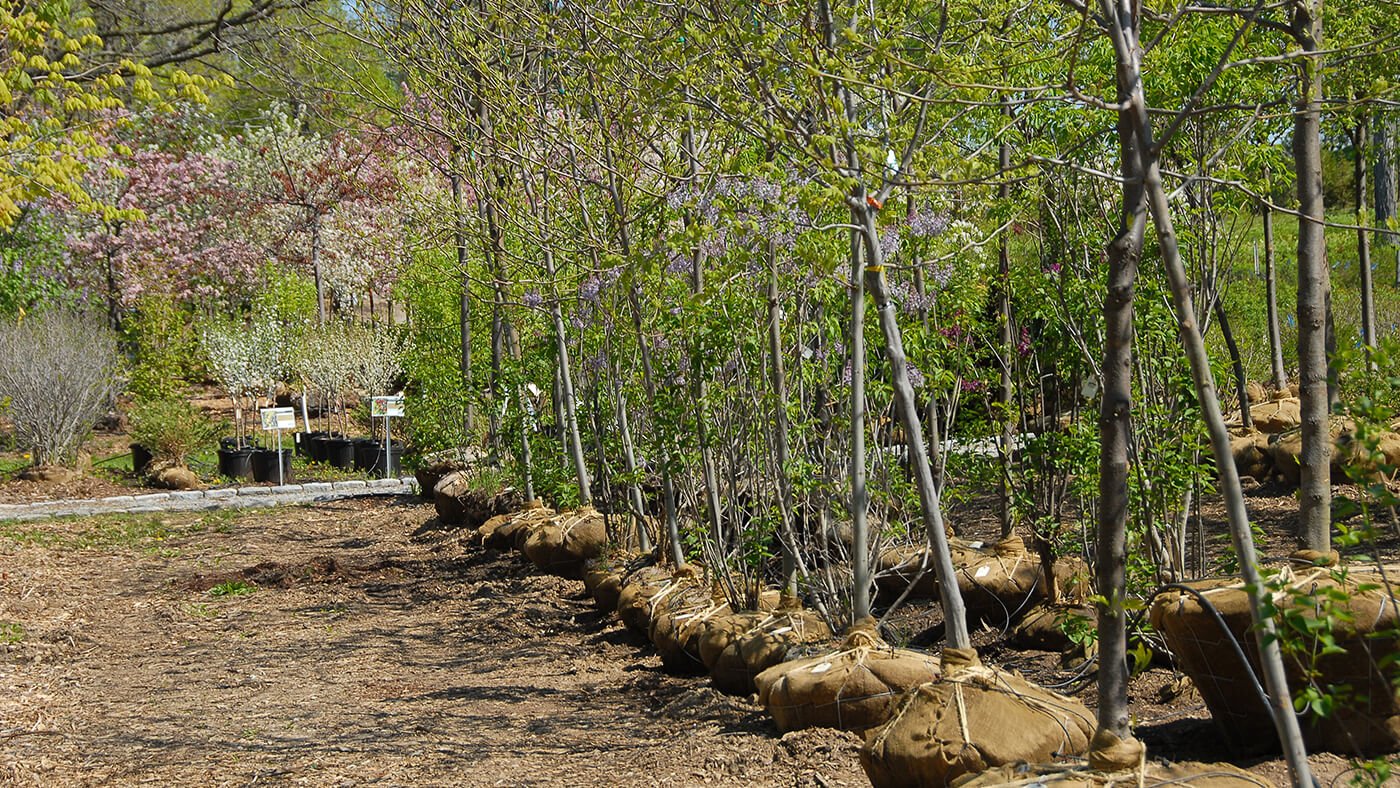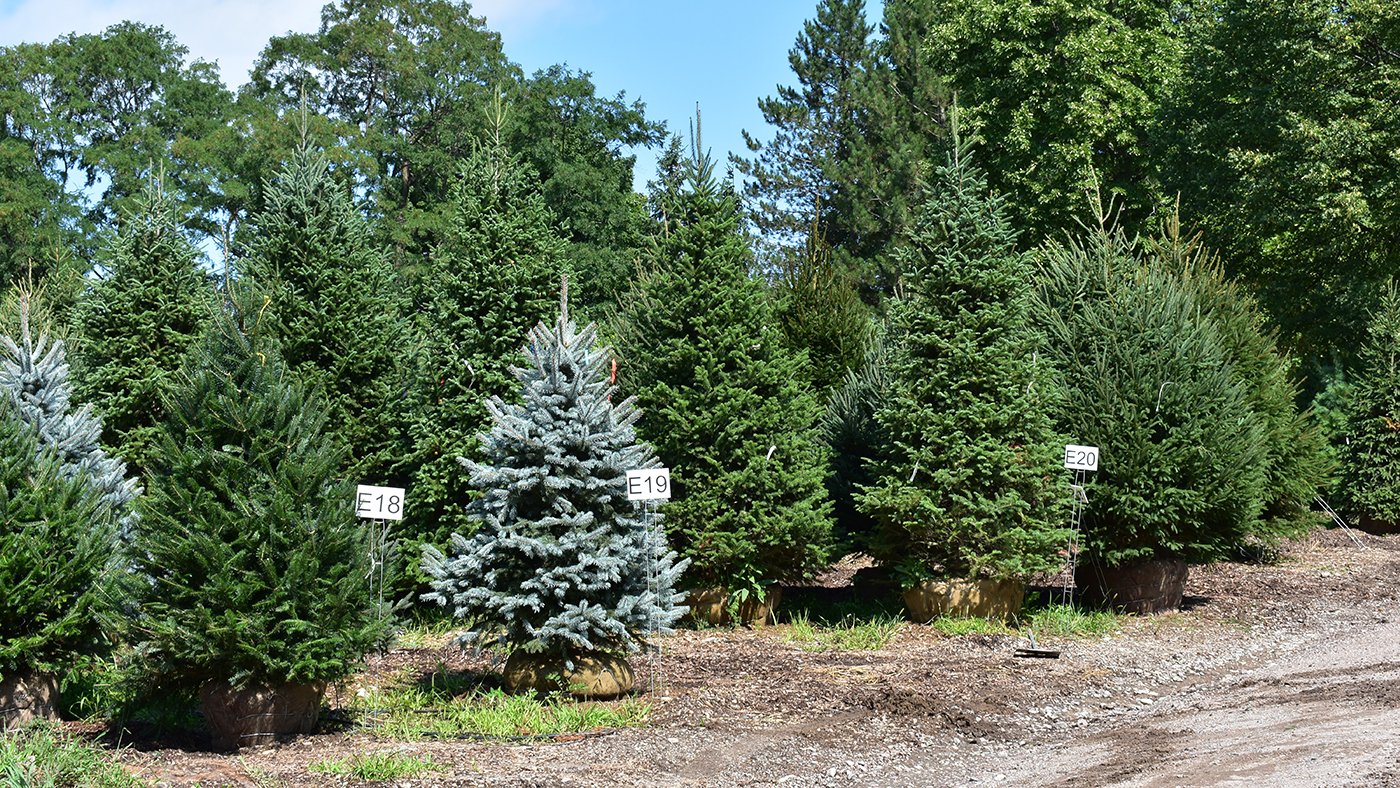
Lilacs 101 Fragrance, Flowers, and Favorites
Lilacs. They smell good, they look good, and they are some of the hardiest plants we know. But what are the differences between lilac varieties? Read on for Lilacs 101 Fragrance, Flowers, and Favorites.
It is helpful to know lilac's genus latin name is Syringa (sounds like sur-RING-ga). We grow a few main types of Syringa. Within each type, there are then many cultivars, or varieties bred for selective traits like color or height. A cultivar is noted by ' ' around its name, ie: Syringa vulgaris 'Yankee Doodle'.
Syringa vulgaris
The straight species, Syringa vulgaris, is also called common purple or common white lilac. Cultivars like Syringa vulgaris 'Monge' were bred from the straight species, primarily for their different colors. Cultivars tend to be less fragrant and they sucker less. More key traits of Syringa vulgaris and cultivars:
- Tallest and most upright
- Grow to be between 10-15' tall
- Form dense thickets, great for hedges and screens
- Have the biggest and some of the most fragrant flowers
- Some flowers are single (common purple/white, 'Monge'), others are double ('Mme. Lemoine', 'Charles Joly', 'Beauty of Moscow')



Syringa x hyacinthiflora
These are hybrids of Syringa oblata and Syringa vulgaris.
- Cultivars are wider-growing and rounded in shape
- Grow 8-10' tall
- Seem to sucker less and stay more contained
- Make beautiful specimens in the landscape
- Flower the earliest

Low-Growing Types
Syringa patula 'Miss Kim' (Manchurian Lilac)
- Larger leaf and growth but still dwarf compared to Syringa vulgaris and Syringa x hyacinthiflora
- Stay around 6' tall
- More open branching and shape than 'Palibin'

Syringa meyeri 'Palibin' (Dwarf Korean Lilac)
- Denser growth than 'Miss Kim' with smaller leaves
- Stay around 5' tall
- Makes a nice lower height hedge
- Resistant to powdery mildew
- Slower growing
- Very fragrant

Reblooming Types
Syringa x 'Bloomerang'
- Blooms in spring and again in late summer
- Available in shades of purple
- Grow 4-6' tall
Syringa x 'Josee'
- Another reblooming lilac similar to 'Bloomerang'
- Pink flowers
- Similar dense growth to 'Palibin'
- Extremely fragrant

Syringa reticulata (Tree Lilac)
- Single or multi stem trees with fragrant ivory plumes
- Remain around 25' tall
- Blooms later than other lilacs in June
- An excellent hardy, ornamental tree that is clay and salt-tolerant
- Very fragrant

Lilac FAQs
1. How much sun should lilacs get? All lilacs love full sun. They will grow in shadier spots but may flower or leaf out less.
2. What soil conditions are best for lilacs? Lilacs are adaptable and do better than most plants in alkaline soils. They can also tolerate clay and compaction.
3. Are lilacs native? Lilacs are not native to North America.
4. Which lilac is most fragrant? All smell wonderful but we think 'Palibin', 'Josee' and 'Beauty of Moscow' are particularly fragrant. Tree lilacs are pleasantly fragrant as well.
5. In which order do all of these bloom? First up is usually Syringa x hyacinthiflora, followed by Syringa vulgaris, 'Palibin', 'Miss Kim', 'Bloomerang' / 'Josee', Syringa reticulata, finished by reblooming types again in late summer
6. How and when do you prune lilacs? Most lilacs bloom on old wood. If you prune in early spring, you will cut off their upcoming flowers. You should prune after they flower, usually late May or so.
The reblooming varieties are a bit different. They benefit from pruning right after flowering too and this promotes more flowers on their second flush.
If you're trying to rejuvenate an older lilac planting, we recommend pruning the oldest stems out. Space your cuts and take no more than a third of the plant the first year. Repeat a second and third year. By year three, the plant will have lots of new stems filling in, and it won't seem cut back too drastically in the process.
7. Why are they so popular in Vermont? We have remnants of lilac plantings at the nursery dating to the early 1900s! We feel they are wildly popular because of their rugged ability to survive tough conditions while remaining a beautiful, relatively low-maintenance plant. Their Memorial Day bloomtime is a harbinger of the season, and their fragrance and simplicity is an unmatched staple throughout the state.




